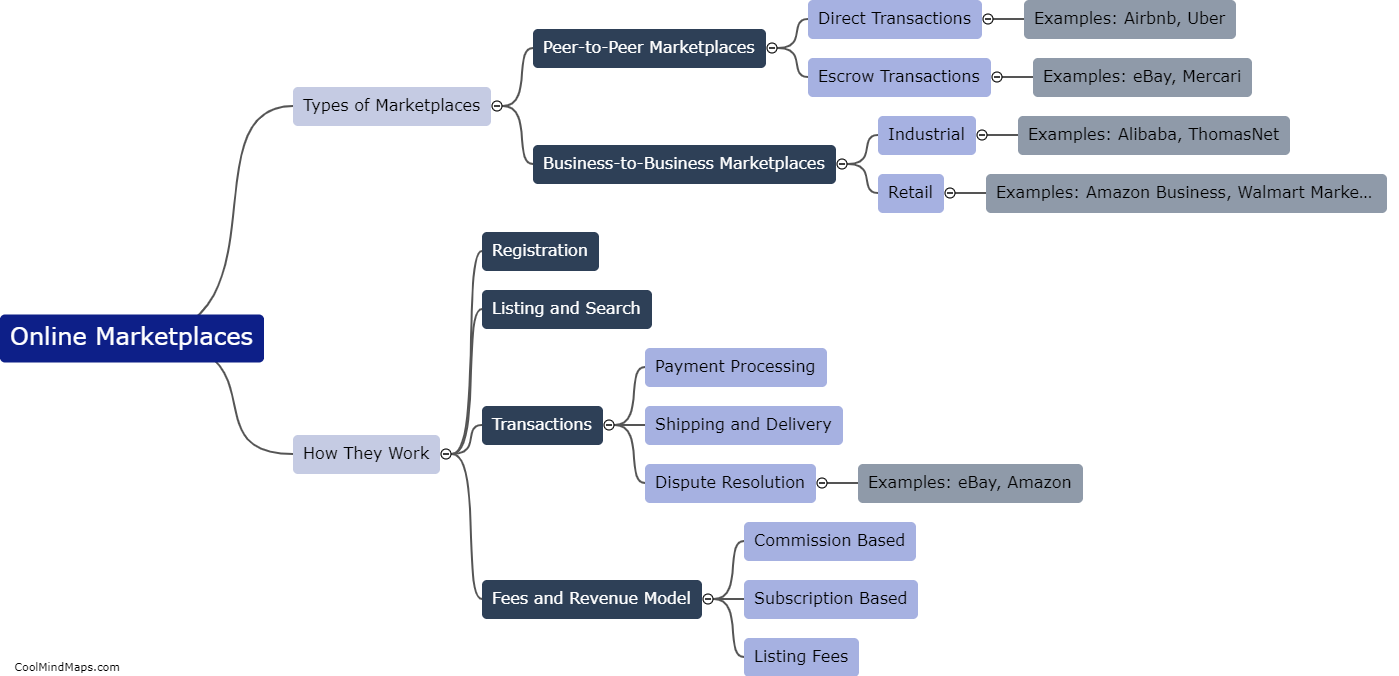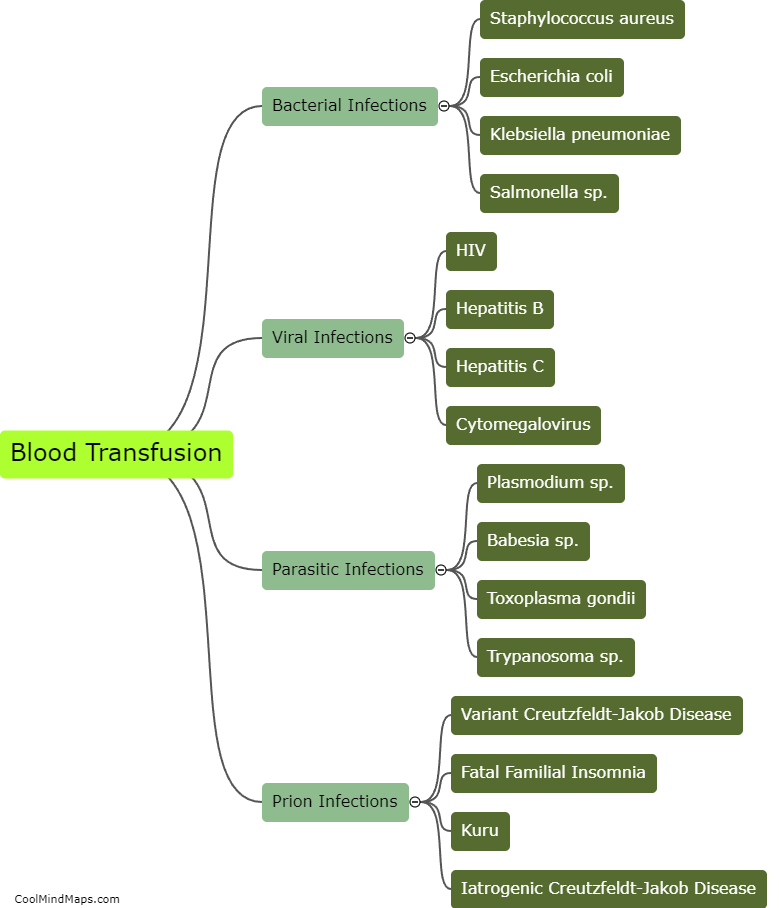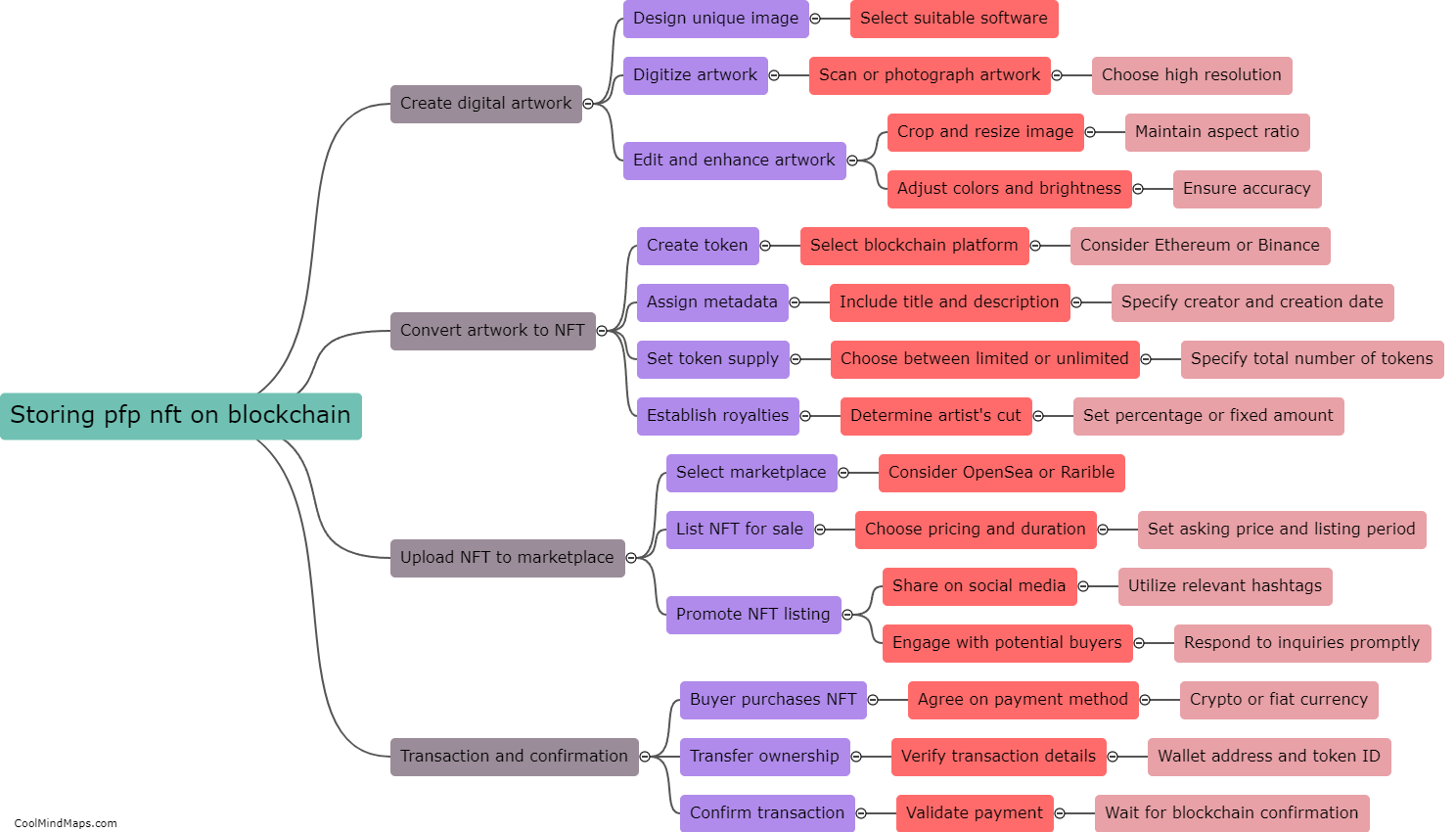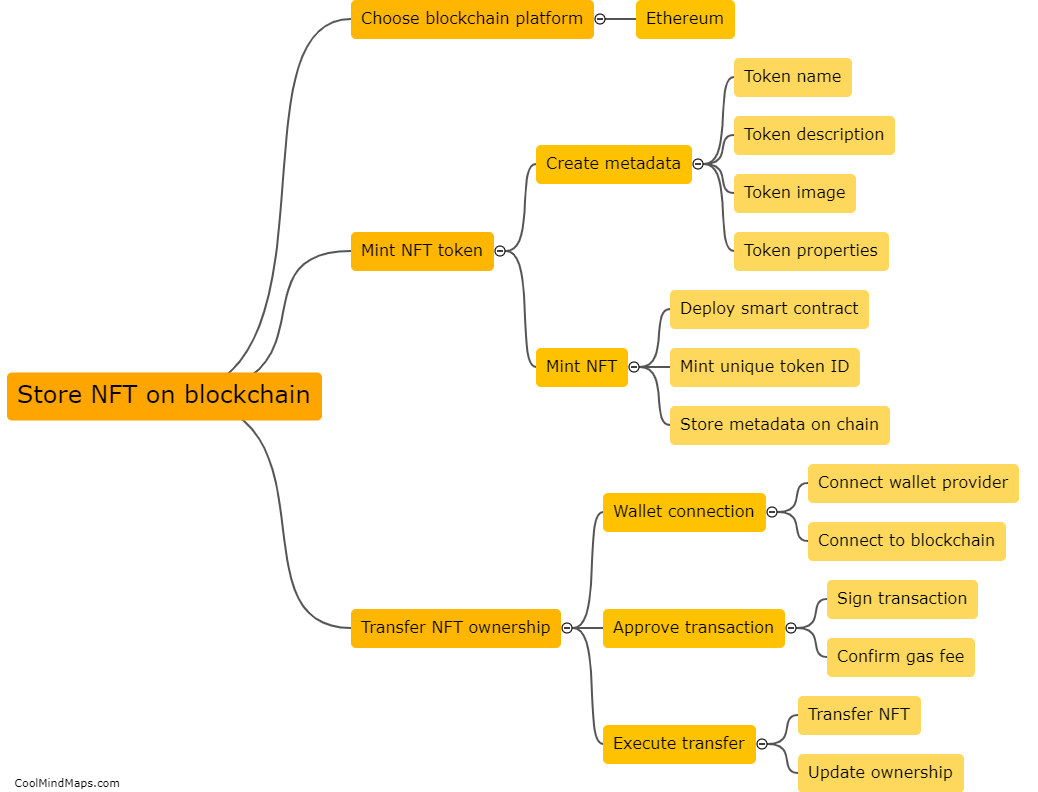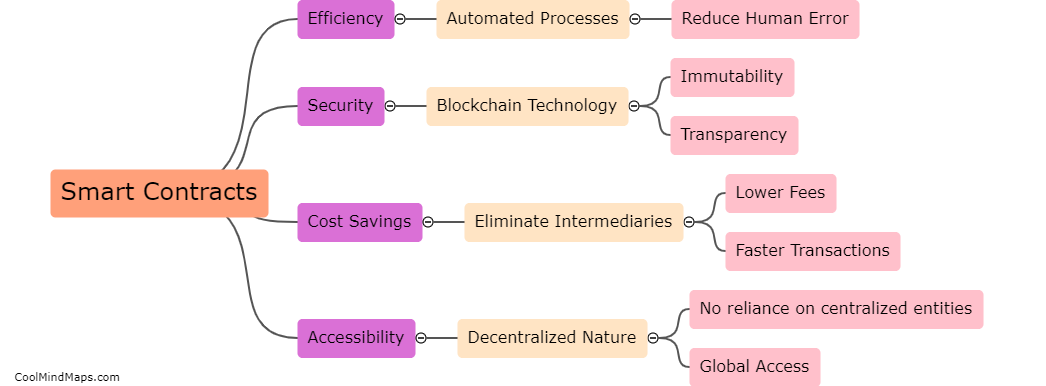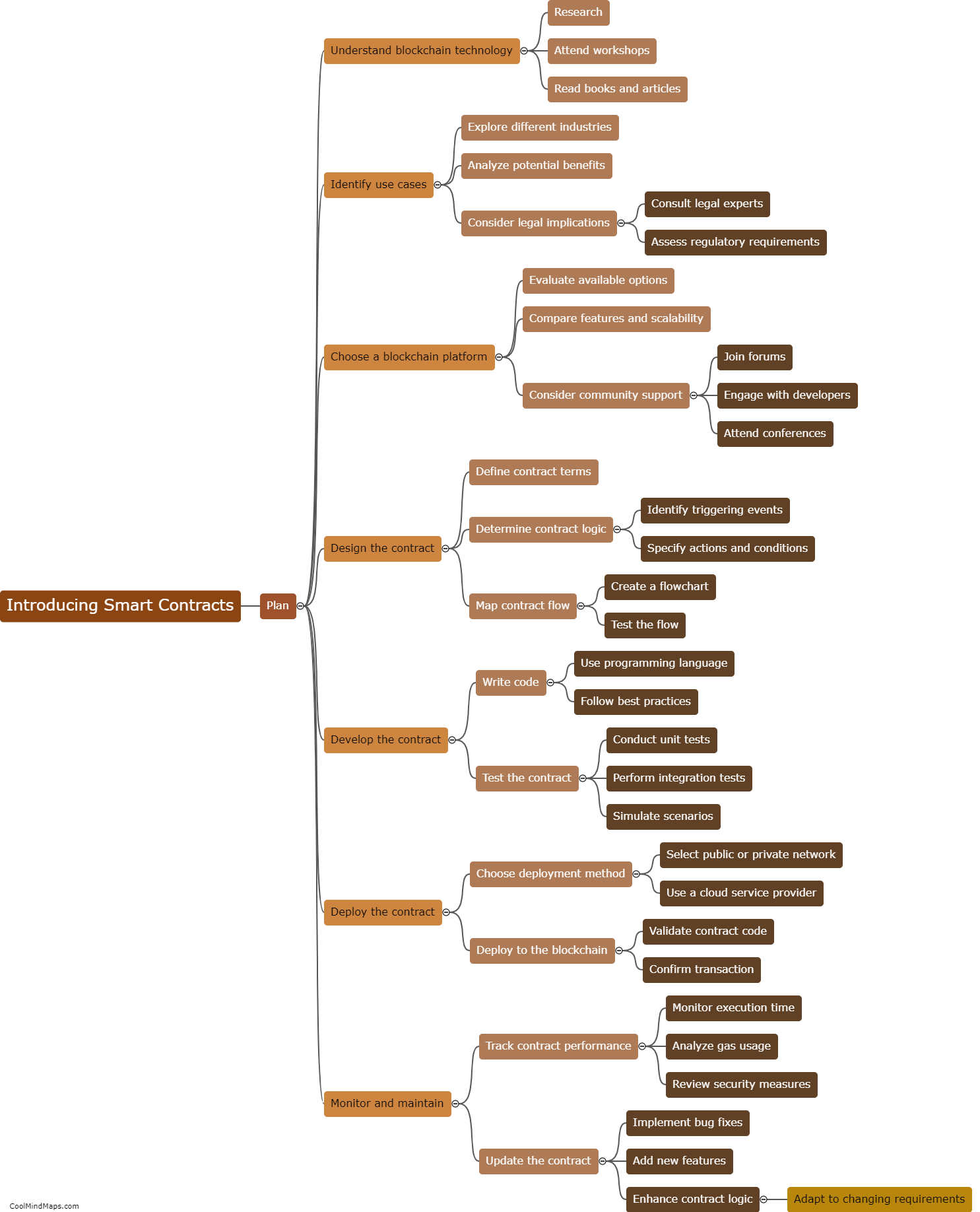What is the process of making smart contracts?
The process of making smart contracts involves several steps. Firstly, the underlying blockchain platform needs to be selected, such as Ethereum or EOS, as smart contracts are primarily implemented on blockchain networks. Once the platform is decided, the specific programming language associated with it is learned, like Solidity for Ethereum. Then, the desired logic and behavior of the contract are defined, including conditions, rules, and outcomes. After that, the contract is coded using the chosen programming language, ensuring accuracy and security. Next, the contract is tested extensively, both for functionality and potential vulnerabilities. This includes unit testing, integration testing, and security audits. Finally, the contract is deployed onto the blockchain network and executed, becoming a functional part of the decentralized ecosystem, accessible to users and interacting with other smart contracts and participants as intended.

This mind map was published on 19 September 2023 and has been viewed 82 times.
